Getting ready to kick off a new lesson or unit? A new book or reading passage? Ready to introduce a new historical figure, math word problem, or science experiment? Then one thing your students will benefit from is having the opportunity to make connections to their prior knowledge. They come to you with a very wide range of familiarity with the topic you’re about to teach. And it’ll benefit both you and them if you take a moment to look into these differences.
Keep reading to learn some practical ways to activate, assess, and build onto students’ prior knowledge.
The Definition of Prior Knowledge
Prior knowledge is the collection of memories, experiences, and understandings an individual holds, which create a foundational context for new learning. For example, before my husband can teach me about football plays, I need to tap into my prior knowledge of the various player positions on the field. Another thought… I can’t follow a recipe’s directions to “fold in the cheese,” until I have a basic understanding of what folding means in the cooking dialect, and what tool to use. (Like the Schitt’s Creek reference?) Before your students calculate the difference in temperature between Monday and Tuesday, they first need to have some knowledge of how a thermometer measures heat in degrees. You get the picture.
Prior knowledge is HUGELY important to address with all of your students when you start teaching a new concept.
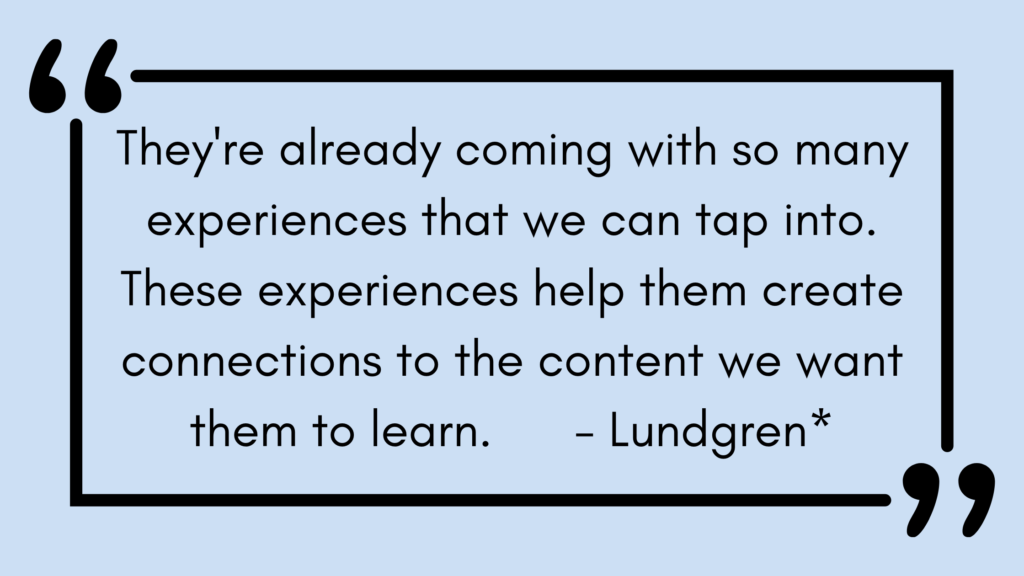
Why Activating Prior Knowledge Really Helps English Learners
Your emerging bilingual students have a lot of amazing cognitive magic happening in their brains, as they navigate the academic setting in two languages. They are true THINKERS, and they are READY to learn what you’re about to teach. But let’s not make assumptions about their prior knowledge, in either of these ways:
If we assume their prior knowledge is STRONGER than it is, we may fail to provide the needed context for learning. They may not make the personal connections or associations that could really boost their comprehension.
If we assume their prior knowledge is SMALLER than what it is, we may miss out on seeing their true strengths and challenging them to push ahead.
The bottom line? Do yourself a favor and take a sec to pre-assess, so you have a picture of where there are contextual gaps to be filled in. The good news? It isn’t hard, and doesn’t take long!
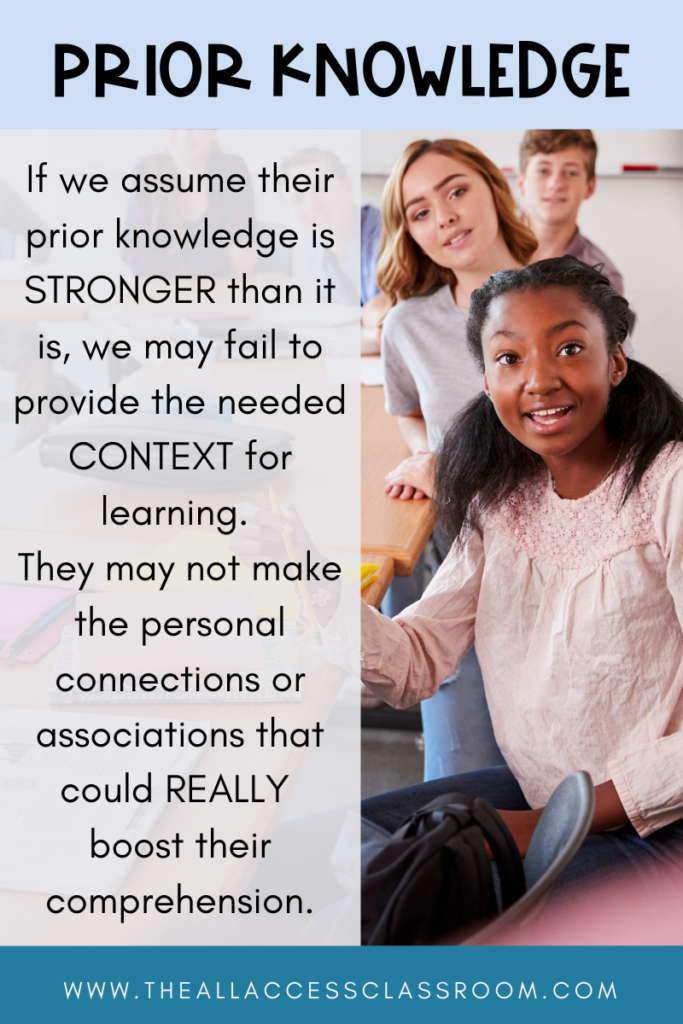
Prior Knowledge Examples and When to Assess It
ELA
-Before starting a new text, students may need to know a bit more about the location/setting to fully understand what is read
-Introducing a new nonfiction text, there may be some key vocabulary that students aren’t familiar with
-Assigning a writing piece (report, journal, letter, advertisement, etc.), students may need to see real-life examples/models of the genre
Math
-Word problems can be sneaky and throw up obstacles for learners who may lack prior knowledge of the scenario or problem. A little explanation will go a long way!
-Don’t forget about the students who’ve transferred into your class mid-year, who may not be “up to speed” when you start a new unit.
Science
-Check in with students to make sure they are clear on vocabulary, academic “do-ing” verbs (so they can clearly understand directions), and names/proper use of tools.
-Asking students to reflect on what they’ve observed in real life will give new science content a purpose and fresh importance for them.
Social Studies
-It’s all about context! Before jumping in, use maps, timelines, and images to help students get the historical lay-of-the-land.
-English learners may be able to make strong connections to their heritage countries, if given a chance to reflect, compare, and even share about their prior experiences.
Three Super-Quick Strategies for Activating Prior Knowledge
Here are some on-the-spot strategies you can try out in your class. These require hardly any prep!
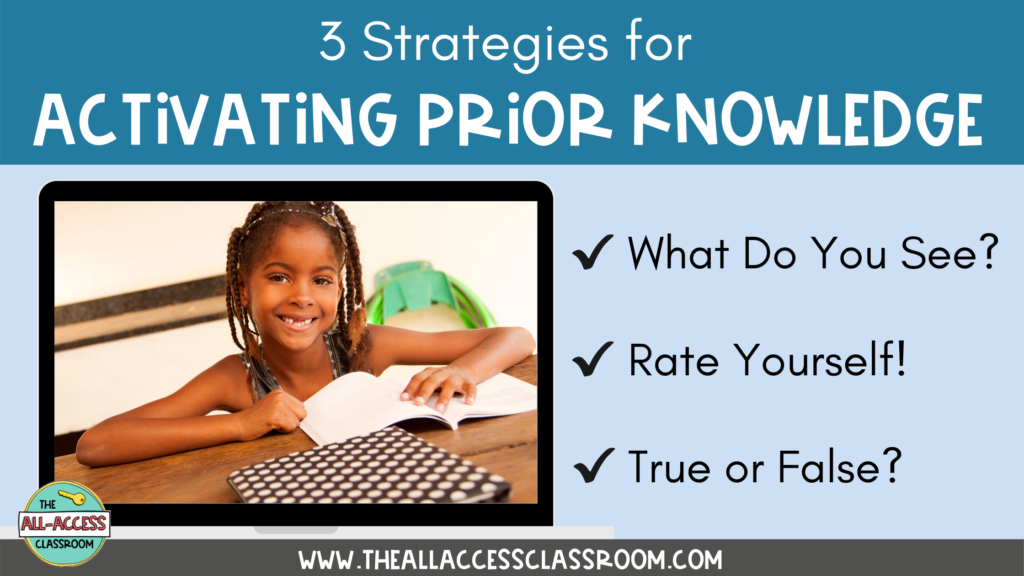
What Do You See?
Pull up an image related to the new topic. Ask students to share with a buddy, or draw on a whiteboard, one thing in the image that they have seen before. Then ask them to share with a buddy something that they know about that thing. You can stop there, or have buddy pairs move to create groups of four, and share again. This is a low-stress way for all students to share what they know, and gain confidence if they know next to nothing! At the end, students can share out their awesome ideas.
Rate Yourself!
So very basic and quick. Think of a key element of your lesson. Ask students, “How much do you know about ____?” Explain to students that they will show you their response by holding 1, 2, or 3 fingers to their chest. 1= I don’t know anything. 2= I know some things. 3=I’m an expert!
True or False?
This is a no-prep version of the Anticipation Guide activity. Explain to students that you are going to say a statement about the new topic. (For example, “Every animal can camouflage itself.”) They will listen, and then stand either on the “True” side of the room, or the “False” side of the room. As you go through the statements, you’ll have an instant informal assessment of where students are with their prior knowledge. Explain that there is no “right or wrong” answer, and that you’re actually not going to tell them now if they’re correct. (This will drive them crazy!) But…that at the end of the lesson/unit, you’ll be playing again, and the “correct” answers will be given at that time.
Digital Tools for Building Background Before New Learning
You know I’ve got your back where this is concerned! I’ve designed some fun templates that you may enjoy using with your students to unlock prior knowledge. K-W-L charts, Anticipation Guides, and Gallery Walks are a few favorites. To learn more, check out:
Building Background: Your Ultimate Lesson Booster!
You can find the templates referenced as part of my Building Background Activity Bundle. I put a fresh spin on some oldies-but-goodies! 🙂 CLICK THE IMAGE BELOW TO TAKE A LOOK!
You might also enjoy:
Background Knowledge: A Key to Close Reading with ELLs
Determining How Much Background Knowledge to Provide for ELLs
Are You Tapping into Prior Knowledge Often Enough in Your Classroom?
Have so much fun starting this new routine of unlocking prior knowledge to give ALL your learners a learning boost!
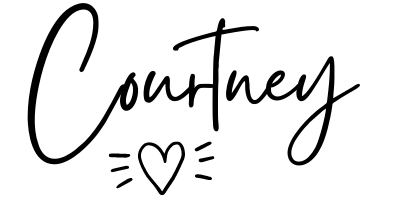
* Dr. Cynthia Lundgren, on Tapping into Prior Knowledge, Colorin Colorado

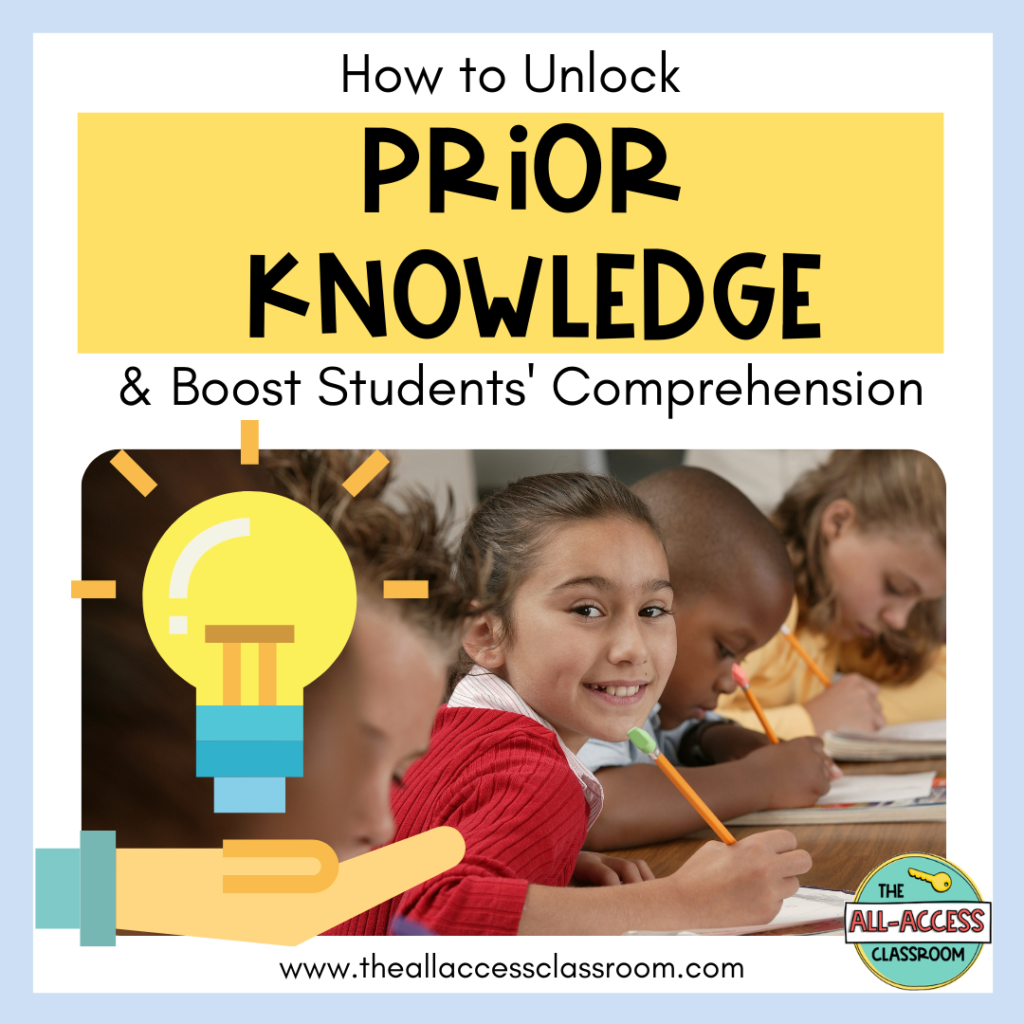
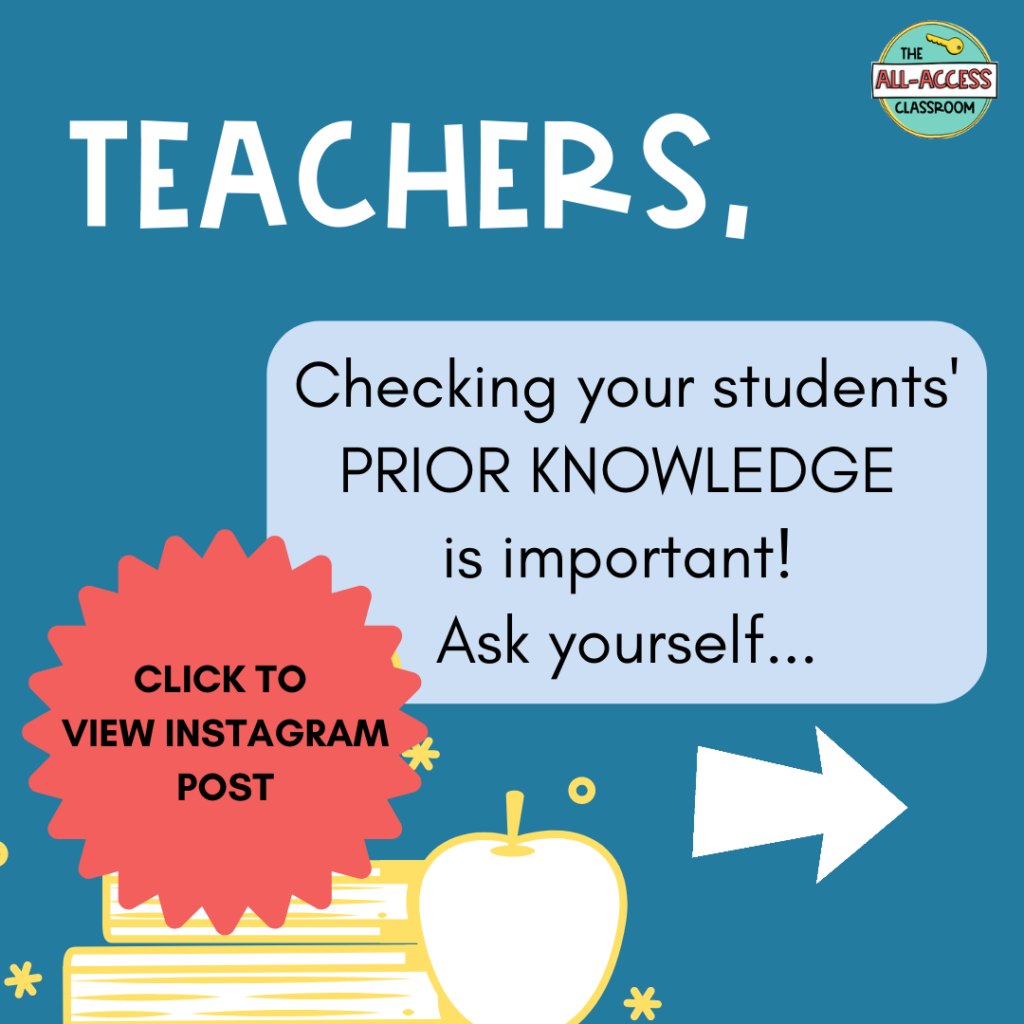
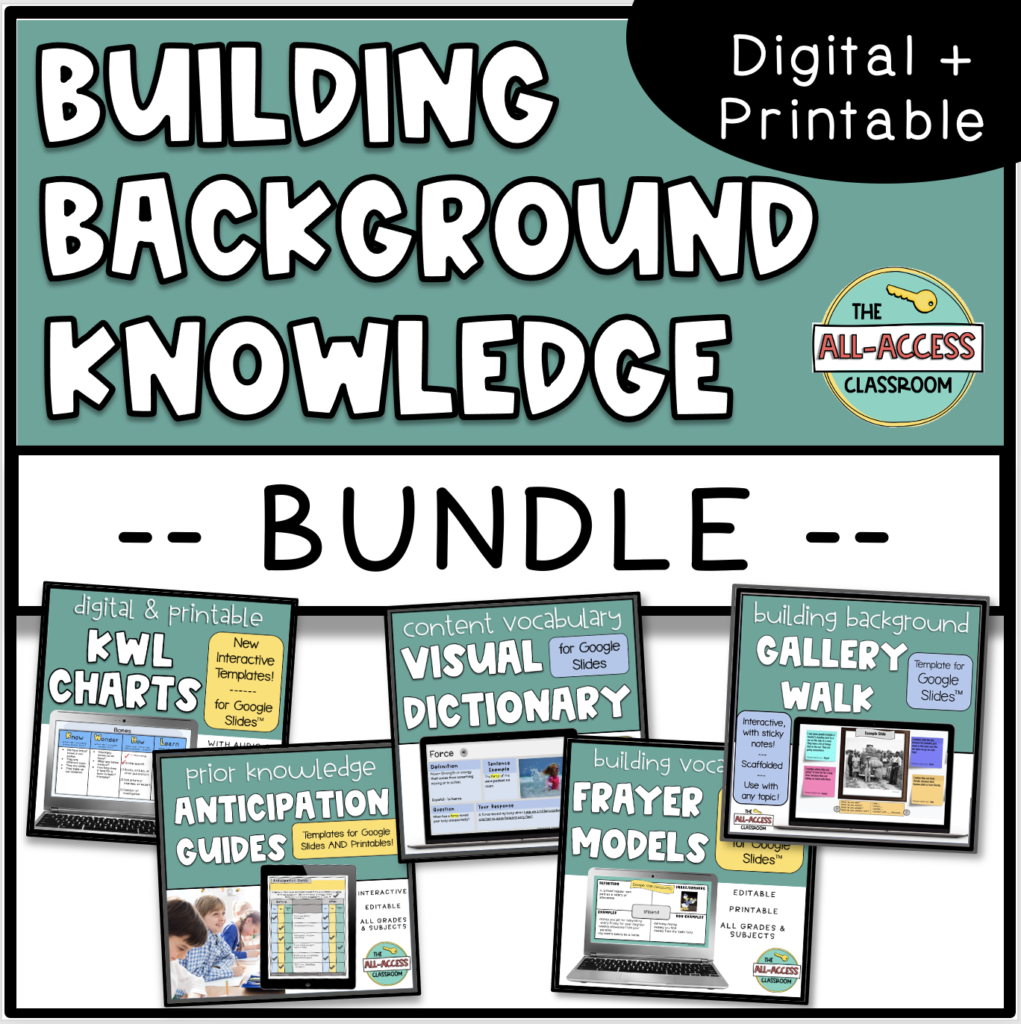

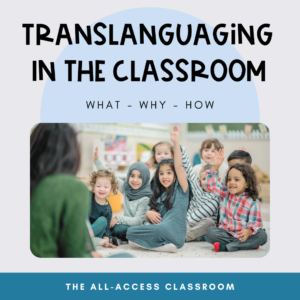
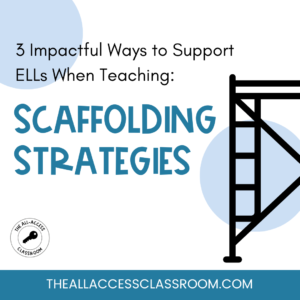
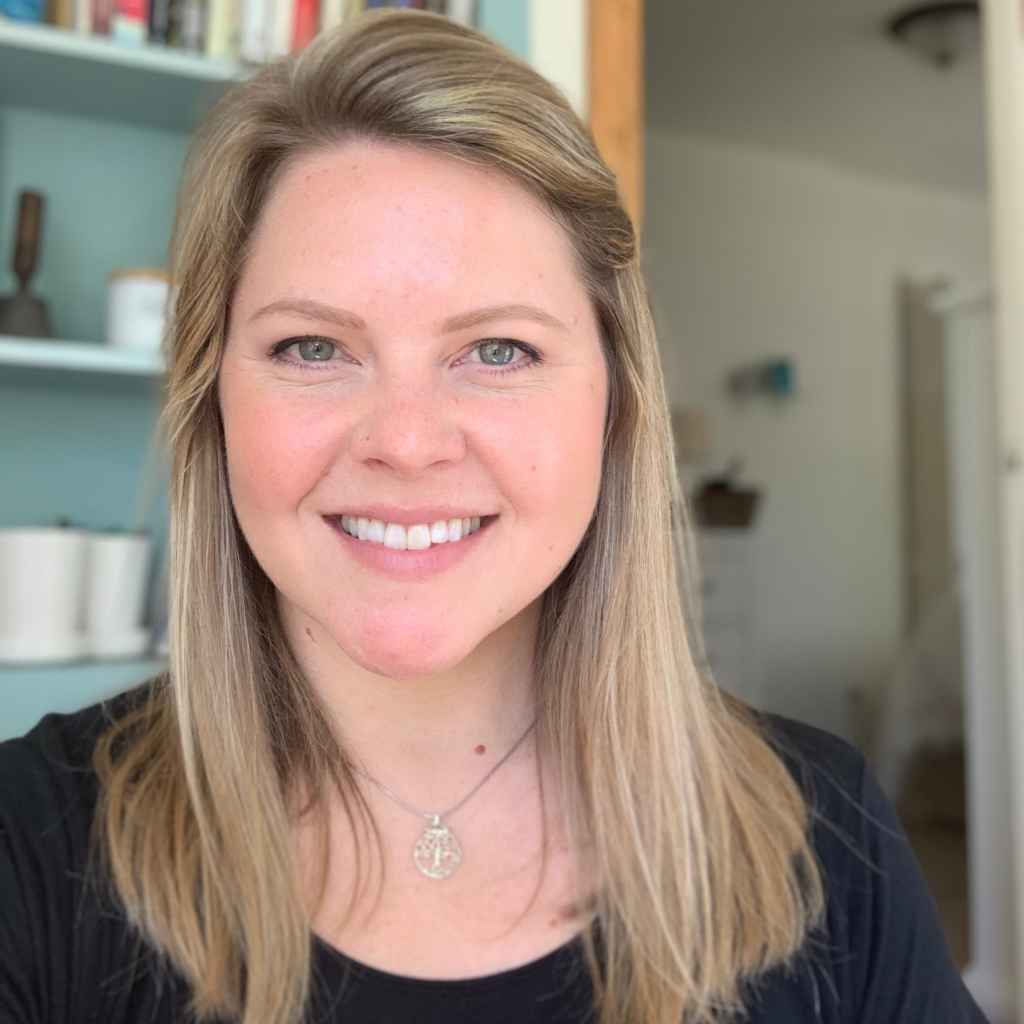
4 Responses